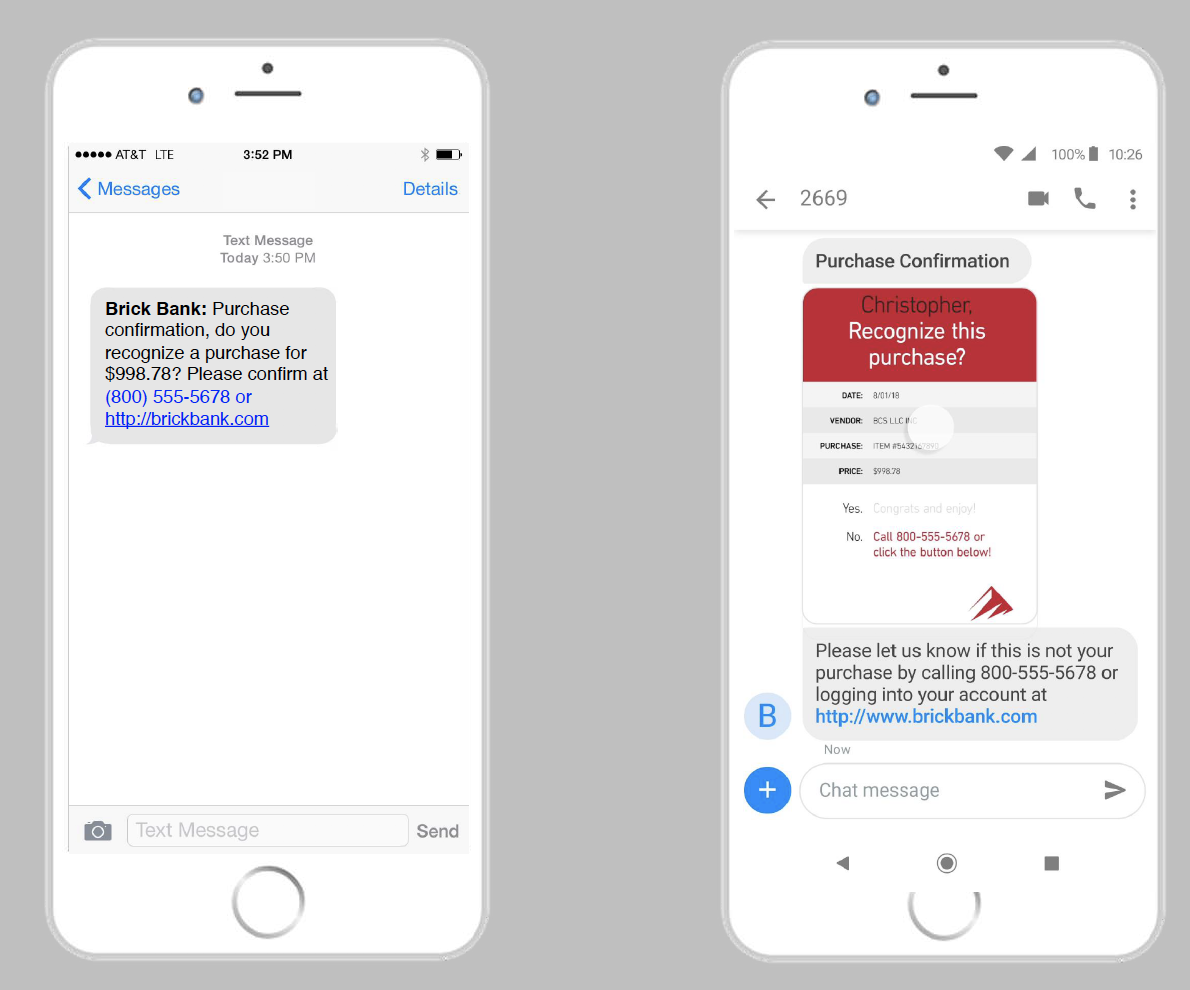Insights, Products
How your brand can personalize customer experiences with MMS & rich messaging – part 1

Insights, Products

If you work for an eCommerce, on-demand, subscription, financial or travel brand, chances are your organization has been aggressively investing in personalization and real-time communications technologies. If not, you’d better get started because your competition is already stealing your customers.
We are all used to emails filling up our inboxes every day (and boy do we love spending time sitting, reading and responding to them! *sarcasm*). I am definitely an extreme outlier, but my iPhone tells me I have 150k+ unread emails on my device right now (yes one hundred fifty thousand unread emails! Can you beat my high score? ). Yet, I don’t have a single unread text message as I write this.

Note: If your customer’s inbox looks like this (I know most of you are cringing), how do you expect to get their attention just using email? Email is a great channel, but you need a mix of channels to reach everyone.
The internet has been circulating past Frost and Sullivan 2010 and Epsilon 2009 survey data citing 95-98% open rate of SMS messages for years, but is this really the case? Gartner quotes various sources with SMS open and response rates as high as 98% and 45%—in contrast to corresponding figures of 20% and 6% for email (Gartner 2016). More recent surveys continue to cite extraordinarily high average SMS open rates of 94% (Esendex 2018) and a SHIFT commissioned Google Consumer Survey in 2015 cites 82% of people say they read every text message sent to them (SHIFT 2015). With all these varying studies in mind, it’s easy to be skeptical and important to understand your specific situation. Still, the trend seems clear that using only email in your strategy may be holding you back from greater success. If email is your brand’s only channel for trying to engage your customers, you are likely spinning your wheels and we need to talk (I promise to be nice about it ).
Many brands are using text messaging today. There’s a good chance if you fall into any of the lines of business I mentioned above, or run any other B2C business, you are already leveraging it in some way to keep customers informed and engaged. We’ve all received a one-time pin (OTP) code over text, voice or email from our favorite messaging app to verify our mobile number, or as a 2-Factor Authentication (2FA) from our favorite websites to login. We’ve certainly seen some creative text message marketing campaigns, whether we’ve opted-in, or in some cases not (THIS IS A BIG NO-NO, and if you’d like to chat I can help ensure you stay TCPA and CASL compliant). However, there is a lesser-known and just as common channel called MMS, which allows you to send images, gifs, and videos to deliver more personalized content to your customers.
The days of spamming people with high volume affiliate marketing links are far over (and definitely frowned upon so please stop), and it’s time to get personal if you want to build truly lasting relationships with your customers to take your business to the next stage of growth. Let’s make the conversation about quality by offering meaningful and relevant experiences to customers that improve their lives and make them scream from the top of Everest how much they love your brand (shoutout to all those Everest Instagram selfie heroes).
Below is a simple example of how a Financial Institution can improve customer experience by sending a personalized MMS message versus a standard SMS message:

Your brand may not have content and graphics experts (we can help with that) or know how to leverage unique customer data points to create relevant and personalized images for each customer (we can also help with that). You may not even be using SMS messaging yet. Now is a better time than any to start considering this channel, especially given the evolution of text messaging we are seeing with RCS messaging starting to make headway (more on that in a future article).
I’ve personally talked to many eCommerce brands who are still only using email, and are seeking cost-effective ways to improve their marketing campaign ROI (cost of customer acquisition, conversion rates for clicks and purchases, cart abandonment plays) by increasing customer growth, retention, and loyalty.
One brand I personally spoke with back in February of this year after I hosted an insightful fireside chat at eTail West in Palm Springs with their CEO/Founder Zahir Dossa who founded Function Of Beauty, told me that implementing SMS as a channel to remind prospective and existing customers about their subscription renewals while also sending helpful information about their orders saw about a 50% CTR vs using Email which was around 20% open rate.
Each brand’s own experience can be different, and this is only one brand’s experience experimenting with SMS for the first time, but note the comparison of Email OPENS vs SMS CLICKS. Had the SMS read rate been 50% vs the 20% on Email, this was already performing 150% better. You can then factor in the Click Through Rate + Actual Purchases (conversions) and calculating the ROI of combining SMS with the existing Email program is clear.
Note that I am not suggesting you stop using Email, as it is still a fantastic channel that may never go away – however, Email should be augmented with other channels, and depending on the types of messages you are sending (promotional vs mission-critical / transactional etc) you may find that Email or SMS or even a WhatsApp message works best in different situations with different kinds of customers.
The investment to start sending simple text messages these days is relatively small. What is more important is the execution in relation to the business outcomes you seek. This same brand could have added text messaging, but had they not put the customer experience at the center of everything with a product which by nature is hyper-personalized to the customer (custom hair care products made just for YOU!), they could have had much poorer results. This is where I specialize in helping my clients and partners leverage mobile communications technologies to their maximum potential given a whole range of constraints and variables, including those related to their business and customers, market-specific regulations, technology limitations, and others.
What is more important is the execution in relation to the business outcomes you seek.
MMS is fairly easy to set up as well when you have the right partner and is widely available in the United States and other countries (depending on the telecom operators themselves). MMS messages deliver to the same inbox that SMS messages do, and depending on where your customer is located, you can take advantage of the far more engaging power of rich images and video over a simple 160 characters of text. You can send and receive MMS messages for a variety of use-cases not just limited to sending marketing campaigns and promotions. Some brands are leveraging MMS today to deliver personalized account information, ensure quicker bill payments, provide service messages, enable subscription activation or renewal and even receive real-time images for product returns and insurance claims.
The choice to add MMS (or even SMS + MMS if you aren’t there yet) is fairly obvious. Understanding how to do it in a way that makes sense for your unique business model and customer expectations is the main project to focus on, and that’s where I come in and can personally help you.
I’d love to dive deeper into this, but I’ve already rambled on far enough in one article (some of my peers are likely rolling their eyes ). For that reason, you can look forward to some follow-up content from me to help you think about how to implement these tools in your business based on your specific goals, and moreover the gold rush of opportunities that Rich Communication Services (RCS) holds for us all (lots more to come on that!).
Sinch has just released a new eBook on Messaging and Personalization: Transitioning from loyalty to relevance. You can get access to it here.
Want to learn more? Or just want to connect? Please feel free to reach out to me! I’d love to chat.
Originally posted on LinkedIn by Aly Abji